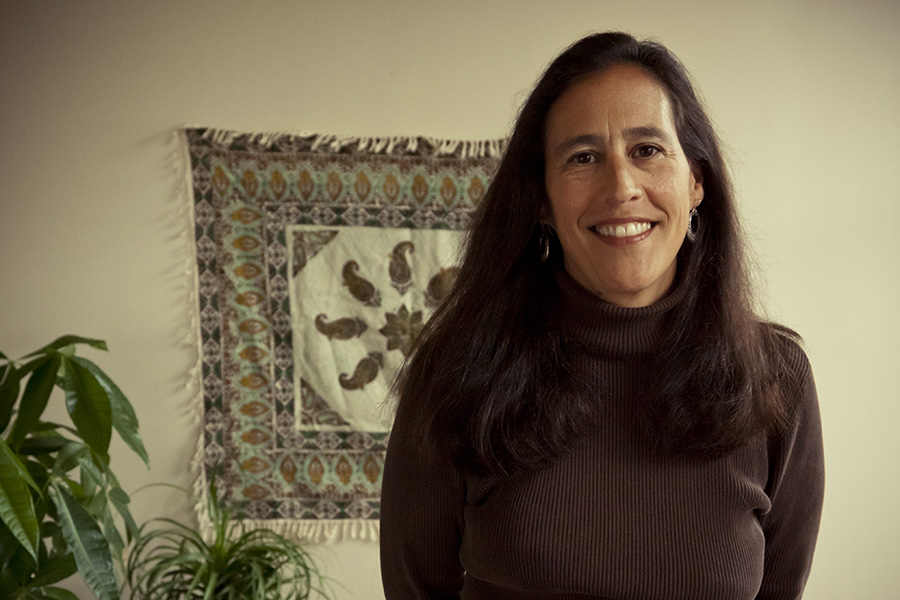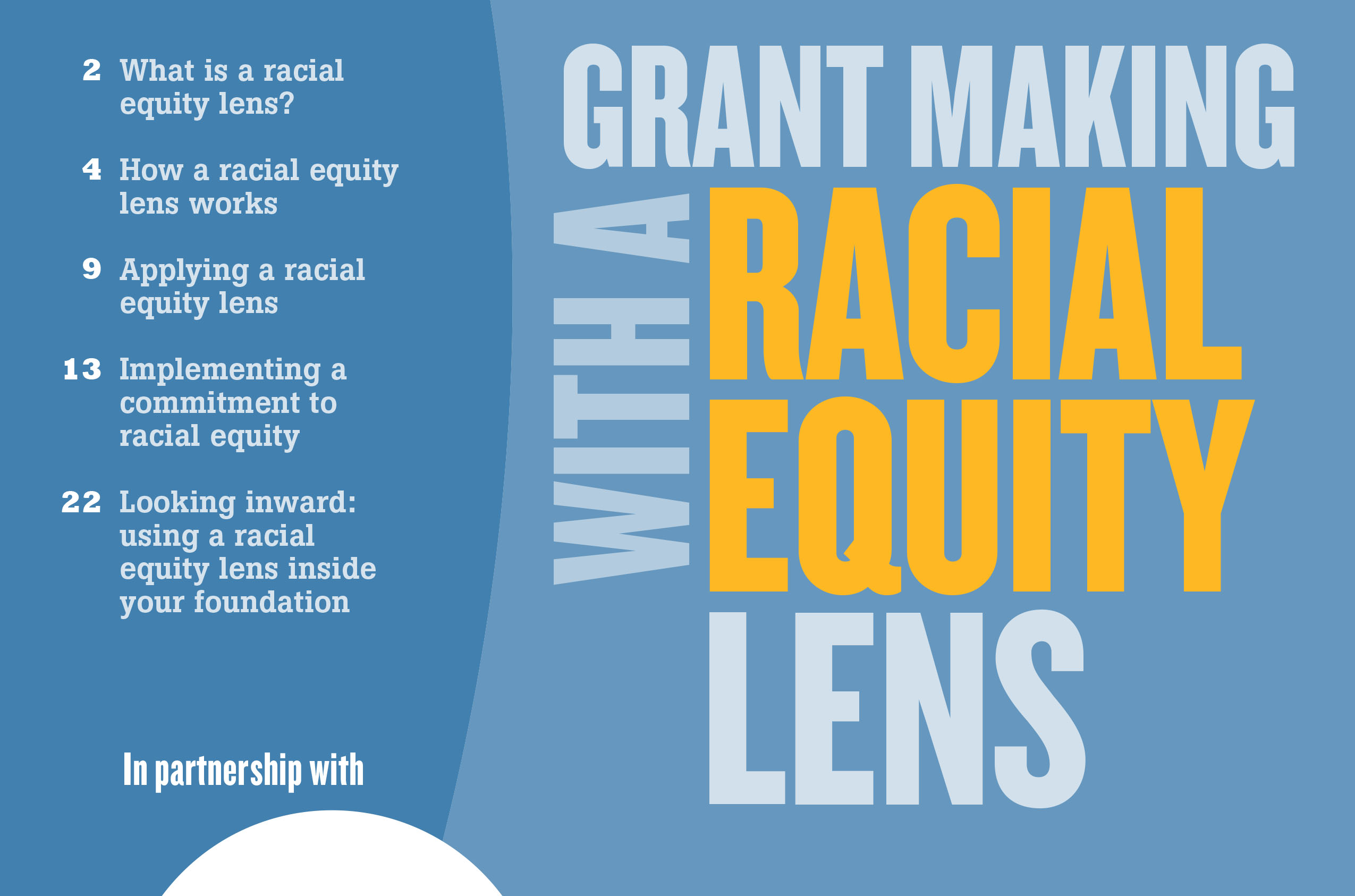Framing the Strategic Opportunity Making the case for a racial equity lens
Grantmakers told of various ways to make the case for a racial equity lens. For many, the process began with evidence from an existing or emerging program area.
One program officer described her success in moving her foundation to expand its reproductive rights commitment to include the emerging field of reproductive justice. Most reproductive rights funding was going to predominantly white-led organizations that focused on resisting attacks on abortion rights. At the same time, a small but growing movement of women-of-color-led organizations was focusing on reproductive justice issues, such as the right to affordable health care, the right to have children, and freedom from sexual violence and abuse.
The white women on the foundation’s board of directors were not closely connected to women-of-color reproductive justice issues and organizations. In addition, some board members argued that funding reproductive justice organizations would “take attention away from pro-choice efforts.” Others were concerned that investing in a small number of tiny organizations would have little impact.
The program officer addressed these challenges by drawing on external expertise to present an analysis of women of color as central, not marginal, to the field and frame a strategic role for the foundation. First, she brought in a series of respected speakers to help make reproductive justice issues familiar and compelling to the board. Second, she presented a solid rationale for funding reproductive rights as “smart and strategic”: that abortion rights work would be strengthened by connecting it to broader issues and growing constituencies. Finally, she argued that their small foundation could make little difference in the mainstream world of reproductive rights but could have a disproportionate impact by leading the way in supporting women-of-color organizations.



